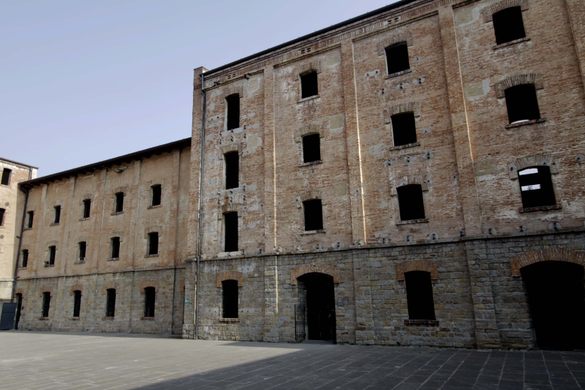Originally a local rice mill, the Risiera di San Sabba in Trieste, Italy, underwent a sinister transformation in September 1943. Under German occupation, this peaceful industrial site was repurposed into a Nazi concentration camp, becoming a place of horror where political prisoners and Jews were detained and murdered.

The Risiera di San Sabba began as a rice factory in 1898, with its main buildings constructed in 1913. For 45 years, it functioned uneventfully until the German forces decided to use it for their brutal regime. Many detainees from Risiera were later sent to the infamous Auschwitz-Birkenau concentration camp. Historians estimate that over 3,000 people met their end at Risiera, often through cremation and gassing.
.jpg/:/cr=t:0%25,l:0%25,w:100%25,h:100%25/rs=w:1280)
Converted into a Polizeihaftlager, or police concentration camp, the six-story central building served as barracks for troops, while other areas were adapted into kitchens, offices, storage rooms, and garages. Architect Erwin Lambert, known for constructing gas chambers in various locations across Europe, built crematory facilities within the complex. In 1945, the Germans attempted to obliterate evidence of their atrocities by blowing up these facilities. Despite these efforts, no one was ever officially convicted for the crimes committed at Risiera.

Post-World War II, Risiera di San Sabba did not return to its original industrial purpose. Instead, it became a refugee center in the 1950s, housing many ethnic Italians fleeing Yugoslavia. In 1965, it was declared a national monument, and by 1975, it had been transformed into a museum, welcoming visitors who wish to learn about its harrowing past.


Know Before You Go
Entry to Risiera di San Sabba is free. Group visits require reservations, and the museum is open from 9 am to 6 pm. Reservations can be made via email at [email protected] or by phone at 040 675 8559.
To reach the site, take bus 8 or 10. If driving, take the A4 motorway and exit at Valmaura / Stadium / Cemetery.

